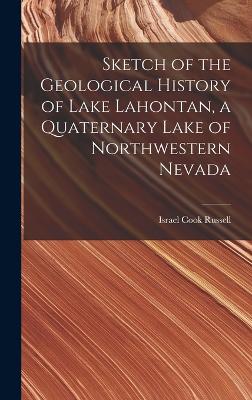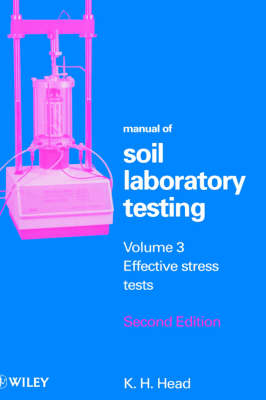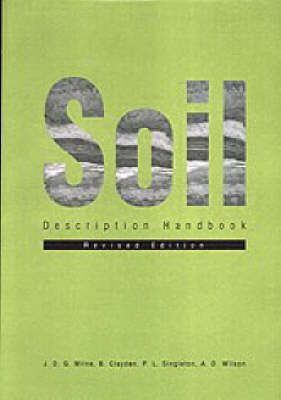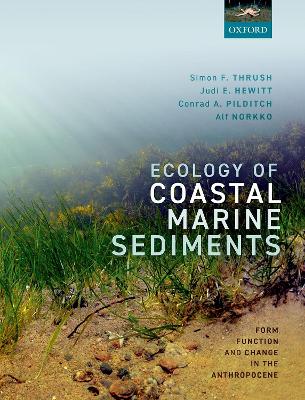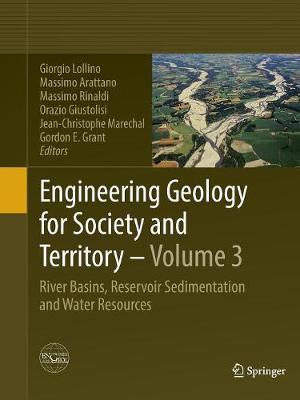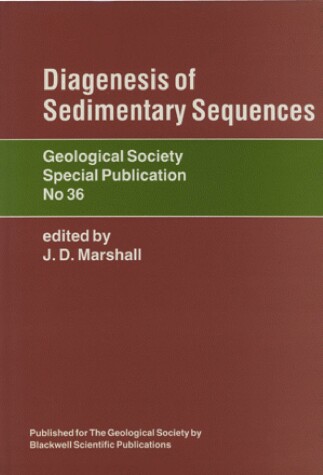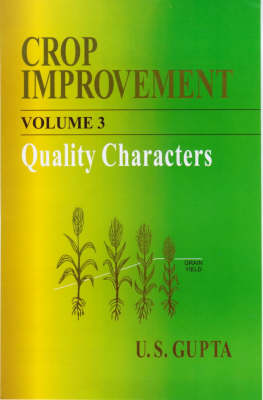CLEA Contaminants in Soil (Environment Agency Science Report)
A Sound Reference Base for Soils: the "Referentiel Pedologique" (Techniques et pratiques)
by D. Baize
CLEA Contaminants in Soil (Environment Agency Science Report)
This edited book is based on the papers accepted for presentation during the 2nd Springer Conference of the Arabian Journal of Geosciences (CAJG-2), Tunisia, in 2019. Major subjects treated in the book include geomorphology, sedimentology, and geochemistry. The book presents an updated unique view in conjugating field studies and modeling to better quantify the process-product binomial unusual in geosciences. In the geomorphology section, 24 papers deal with topics related to fault slip and inci...
Report of Exploration of the Glacial Lake Agassiz in Manitoba [microform]
by Warren 1850-1934 Upham
Sketch of the Geological History of Lake Lahontan, a Quaternary Lake of Northwestern Nevada
Volume three of this text covers soil testing in terms of effective stress, for which the measurement of pore water pressure is the essential feature. The principle and theory of effective stress are explained, practical applications are outlined, and the apparatus used, including its calibration and checking, is described. Most of the test procedures described are those covered by BS 1377, 1990, Parts 6 and 8. Reference is also made to relevant ASTM methods. Routine consolidated-undrained and c...
Soil Description Handbook
by J. D. G. Milne, B. Clayden, P. L. Singleton, and A.D. Wilson
A handbook providing new standardized methods and defined terminology for the description of soil and site features, designed for use on computer databases.
Ecology of Coastal Marine Sediments
by Simon Thrush, Judi Hewitt, Conrad Pilditch, and Alf Norkko
Marine sediments dominate the global seabed, creating the largest ecosystem on earth. Seafloor biodiversity is a key mediator of ecosystem functioning, yet critical processes are often excluded from global biogeochemical budgets or simplified to black boxes in ecosystem models. This accessible textbook provides an ideal point of entry into the field, providing basic information on the nature of soft-sediment ecosystems, examples of how and why we research them, the new questions these studies...
Soil Guideline Values for Soil (Environment Agency Science Report)
Soil Guideline Values for Soil (Environment Agency Science Report)
Contaminants in Soil (Environment Agency Science Report)
Engineering Geology for Society and Territory - Volume 3
This book is one out of 8 IAEG XII Congress volumes and deals with river basins, which are the focus of many hydraulic engineering and hydrogeological studies worldwide. Such studies examine river systems as both a resource of the fluvial environment, and also explore river-related hazards and risks. The contributions of researchers from different disciplines focus on: surface-groundwater exchanges, stream flow, stream erosion, river morphology and management, sediment transport regimes, debris...
Diagenesis of Sedimentary Sequences
For quantitative improvment of crop yield, it is important to understand the physiology and genetics of individual yield-contributing characters, as productive and climatically suitable land is fast decreasing due to various factors. Though quantitative increase in grain production is important for feeding the ever-increasing population, it is critically important that the grain produced is nutritive and healthy (free of, or with reduced, undesirable and/or toxic constituents. The information pr...
Carbonate Reservoir Heterogeneity (SpringerBriefs in Petroleum Geoscience & Engineering)
by Vahid Tavakoli
This book provides a comprehensive overview of the parameters and factors that cause heterogeneity in carbonate reservoirs, and examines how they interact with one another. It explores the various scales of heterogeneity, how they are caused, and how they can be minimized, as well as how the scales affect each other, providing practical examples in each chapter. The book concludes by discussing the effect of heterogeneity on petrophysical evaluations. As reducing heterogeneity is the only way...

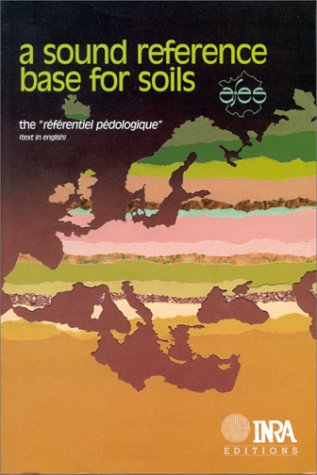
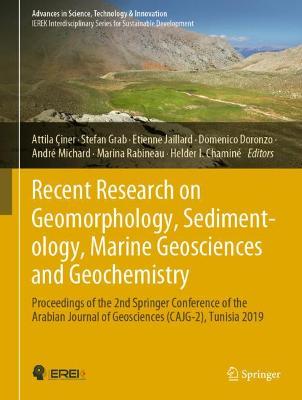
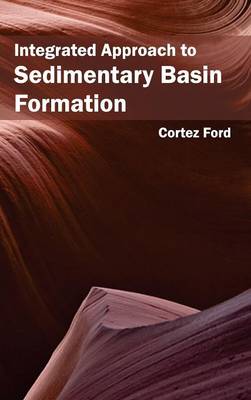
![Cover of Report of Exploration of the Glacial Lake Agassiz in Manitoba [microform]](https://images.bookhype.com/covers/37/f5/94d3cd56-3854-4bbb-b776-41b7a4885f73/9781015193710-965a5a64bc384155261398.jpg)
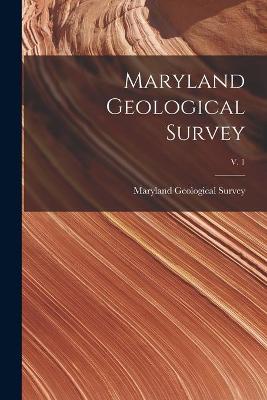
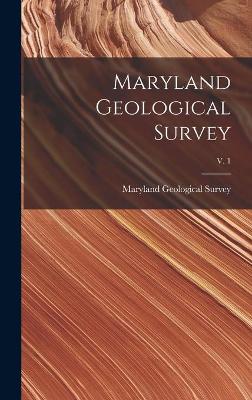
![Cover of The Pre-Cambrian Geology of Southeastern Ontario [microform]](https://images.bookhype.com/covers/a1/ea/94d3c118-cb47-419d-b0b9-865aa84fae1a/9781014981639-c434bf6732e9241438164c.jpg)

